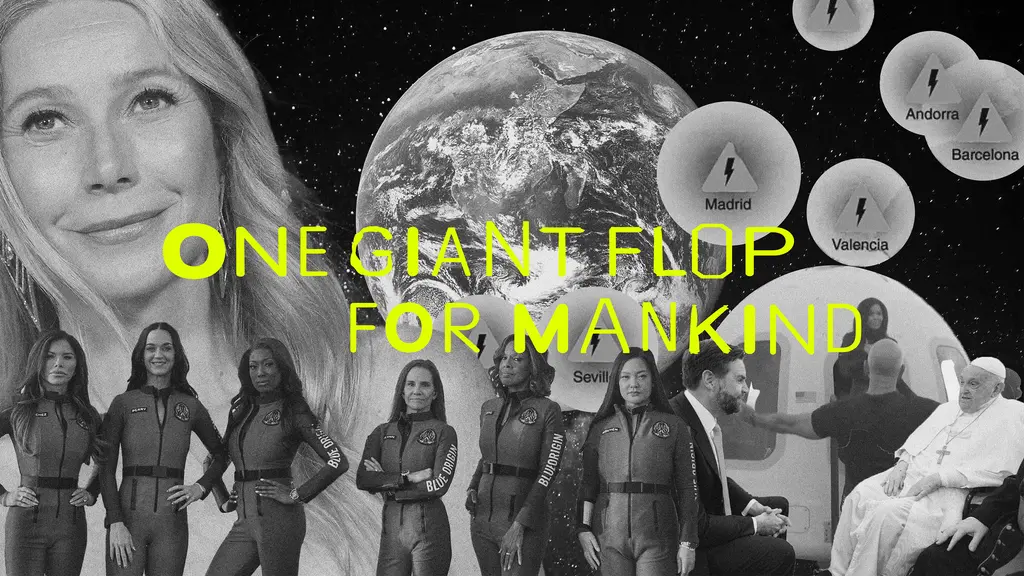A photographer’s gritty portrait of Thailand’s ghettos
- Text by Clotilde Nogues
- Photography by Samuel Cueto

Born in Paris’ socially deprived suburbs, Samuel Cueto calls himself an itinerant child. Before travelling to Thailand, he was travelling from one suburb to another, between Melun, Savigny-Le-Temple and Villejuif. “It was the ghetto,” he says. “I grew up in Melun next to guys high on drugs all the time. But it was part of the landscape; I was young so it didn’t shock me that much.”
While living there in the 1980s, he became accustomed to the outcasts, the forgotten – the people living outside of mainstream society. Growing up in the ghettos at the same time as the rise of hip-hop culture – which saw rap become a means of expression for the marginalised – profoundly influenced his photography. “In the 1990s, I was doing social rap, and I have always lived in social housing,” he says. “I have always been interested in social issues and that’s something that can be seen a lot in my work.”

He took up photography when he was a caretaker in his 30s – “way too late”, in his opinion. Cueto first shot combat sports and people in the street even though he dreamt about doing fashion photography: “I first wanted to shoot celebrities, because you think a picture is more beautiful when there is a celebrity in it,” he says. “But nobody gave me the opportunity to do so. When I finally knocked on the door of the gangs, they opened it for me.”
Cueto first went to Thailand in 2014 and fell in love with the country, and has returned around eight times since. Rather than seeking out any tourist destinations, Cueto’s background led him to shoot the marginalised and the outsiders: gangs, prostitutes and underdogs; the people who occupy a very different reality from the paradise beaches.
“For photography, I need a look, a powerful face,” he says. His aim isn’t to criticise or to denounce, he says, rather, it is to travel and to meet people, building genuine connections with the people he photographs. “When I asked these guys to shoot, they didn’t need to ask why or what I wanted. I’m not from the gangs, but I grew up around it – and they could feel it, we just know each other.”


This doesn’t mean to say that the gangs were willing to compromise their secrecy. A group shots from the series represents the Asian symbol of the three wise monkeys, with a meaning adapted to the gang mentality. The first three men from the left of the image raise their hands up, to say: ‘You didn’t hear anything, you didn’t see anything, you won’t say anything,’ while the man furthest to the right, with his hand raised in a gun symbol, suggests the consequences if these rules are not respected.
Cueto remembers a night he met a team of men in the French rapper Seth Gueko’s bar in Patong, Thailand. “There was this guy who looked mad. I told him: ‘You, tomorrow, you have to be here.’” Cueto managed to take a few shots of him the next day. “He wanted me to come to his place and take pictures of his guns. I think now his face is everywhere, he’s looking for me,” he says, laughing. “Sometimes, they’re angry to be exposed, another time they’re happy. It’s all quite unstable because of the drugs.”




Follow Samuel Cueto on Instagram.
Follow on Clotilde Nogues on Twitter.
Enjoyed this article? Like Huck on Facebook or follow us on Twitter.
You might like

Largest-Ever Display of UK AIDS Memorial Quilt Opens at Tate Modern
Grief Made Visible — Comprising hundreds of panels made by lovers, friends and chosen family, the UK AIDS Memorial Quilt returns in full for the first time since 1994 – a testament to grief, friendship and the ongoing fight against HIV stigma.
Written by: Ella Glossop

In Medellín’s alleys and side streets, football’s founding spirit shines
Street Spirit — Granted two weeks of unfettered access, photographer Tom Ringsby captures the warmth and DIY essence of the Colombian city’s grassroots street football scene.
Written by: Isaac Muk

Remembering New York’s ’90s gay scene via its vibrant nightclub flyers
Getting In — After coming out in his 20s, David Kennerley became a fixture on the city’s queer scene, while pocketing invites that he picked up along the way. His latest book dives into his rich archive.
Written by: Miss Rosen

On Alexander Skarsgård’s trousers, The Rehearsal, and the importance of weirdos
Freaks and Finances — In the May edition of our monthly culture newsletter, columnist Emma Garland reflects on the Swedish actor’s Cannes look, Nathan Fielder’s wild ambition, and Jafaican.
Written by: Emma Garland

Why Katy Perry’s space flight was one giant flop for mankind
Galactic girlbossing — In a widely-panned, 11-minute trip to the edge of the earth’s atmosphere, the ‘Women’s World’ singer joined an all-female space crew in an expensive vanity advert for Jeff Bezos’ Blue Origin. Newsletter columnist Emma Garland explains its apocalypse indicating signs.
Written by: Emma Garland

We are all Mia Khalifa
How humour, therapy and community help Huck's latest cover star control her narrative.
Written by: Alya Mooro

